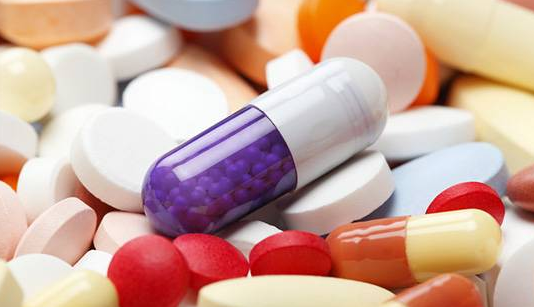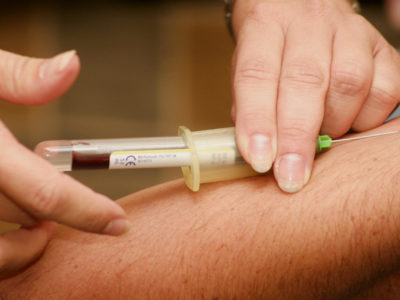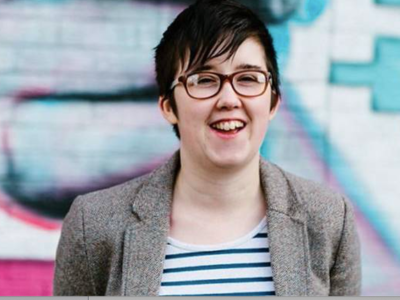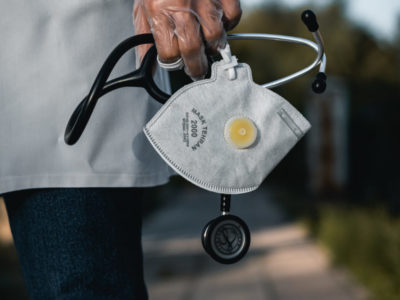Every year more and more patients use falsified medicines (FM), and this is not dreadful only for the pharmaceutical sector, but especially for the consumers. As a matter of fact, FM could have a wrong dosage – either too high or too low – or even can be made with toxic ingredients. According to the EMA (European Medicines Agency), the number of falsified medicines increased recently, the trend in the western countries shows that the most frequently medicines that are falsified are hormones, steroids and antihistamines, while in the developing countries the falsified medicines are those to treat malaria, tuberculosis and HIV.
But let’s start from the beginning. What are falsified medicines? According to the EMA « falsified medicines are fake medicines that are designed to mimic real medicines; counterfeit medicines are medicines that do not comply with intellectual-property rights or that infringe trademark law”.(EMA)
Due to the increase of circulation of FM in the legal supply chain of medical production, the European Commission issued the Falsified Medicines Directive (FMD) and, as its name says, it refers only to the falsified medicines.
When will it come into force? July 1st, 2011 the European Commission published the Falsified Medicines Directive (FMD) 2011/62/EU. This Directive introduced laws to control medicines that can circulate in the EU. On February 9th, 2016 the European Commission issued the rules to follow to implement the system to track the medicines: through its serialization.
How does the FMD work? Starting from the February 9th, 2019 medicines that circulate in the European Economic Area will be obliged to comply with the FMD. However, the Directive does not refer to every type of medicines, but only to those that needs a medical prescription – that are included in the Annex I to of Commission Delegated Regulation (EU) 2016/161 – and those not subject to prescription included in the list defined in Annex II of the same Regulation.(EU Regulation)

What does the Directive imply?
More specifically the FMD requirements lies in the so-called « safety features » that include the unique identifier and the anti-tampering device. The procedure implies that themanufacturers will apply on their products the unique identifier that is formed by: the product code, the serial number, the batch number, the expiry date. This unique identifier will be registered in a DataMatrix 2D code; on the other hand, the anti-tampering device allows to verify whether the medicine has been opened yet. (EMVO)
Producers will upload this unique identifier through the European Hub – that is part of the European Medicines Verification System (EMVS) – the EMVS will transfer the data to the relevant NMVS (National Medicines Verification System) which will perform the verification of medicines. Each NMVS forms EMVS and exchange data with the EU Hub. That is why the NMVS must be connected to the EU Hub.
In a nutshell, the manufacturers are required to print a Data Matrix code on the product and to apply on it an anti-tampering device. Through all the supply chain, the unique code will be scanned and verified for authenticity by the data input in the NMVS. Finally, at the hospital or pharmacy, if the product is present in the Hub, it will be decommissioned and sell to the patients.
Who will guide the manufacturers through this long and complex process? EMVO (European Medicines Verification Organization) the non-for-profit organization that represents the supply chain stakeholders and is working shoulder to shoulder with the Pharmaceutical Companies to assure the implementation of the Directive by February 2019.
In the end, who will be affected by the FMD? Each type of pharmaceuticals companies – whether they are original pack manufacturer, parallel distributors or wholesalers – shall comply with it as soon as their products are affected by it.
Unfortunately, this serialization and verification system will not prevent completely the spread of falsified medicines, indeed the black market will still be a huge competitor for manufacturer, at the expense of the patient. According to the report made by Europol and OEDT, in the period between 2011 and 2015, the illegal pharmaceuticals trade sold 170 million of euro in the “dark web” worldwide, and if we consider that among those, 80 million were spent in Europe, we can have an idea of the problem. (OEDT)
In conclusion, according to an old saying « Non fuit in solo Roma peracta die” (Rome was not built in one day), we still have a long way before reaching a transparent pharmaceutical market, especially while consumers in need find it easier and cheaper to approach the black market, but this shouldn’t stop us from implementing and improving the verification system to assure a safer future for every patient.






